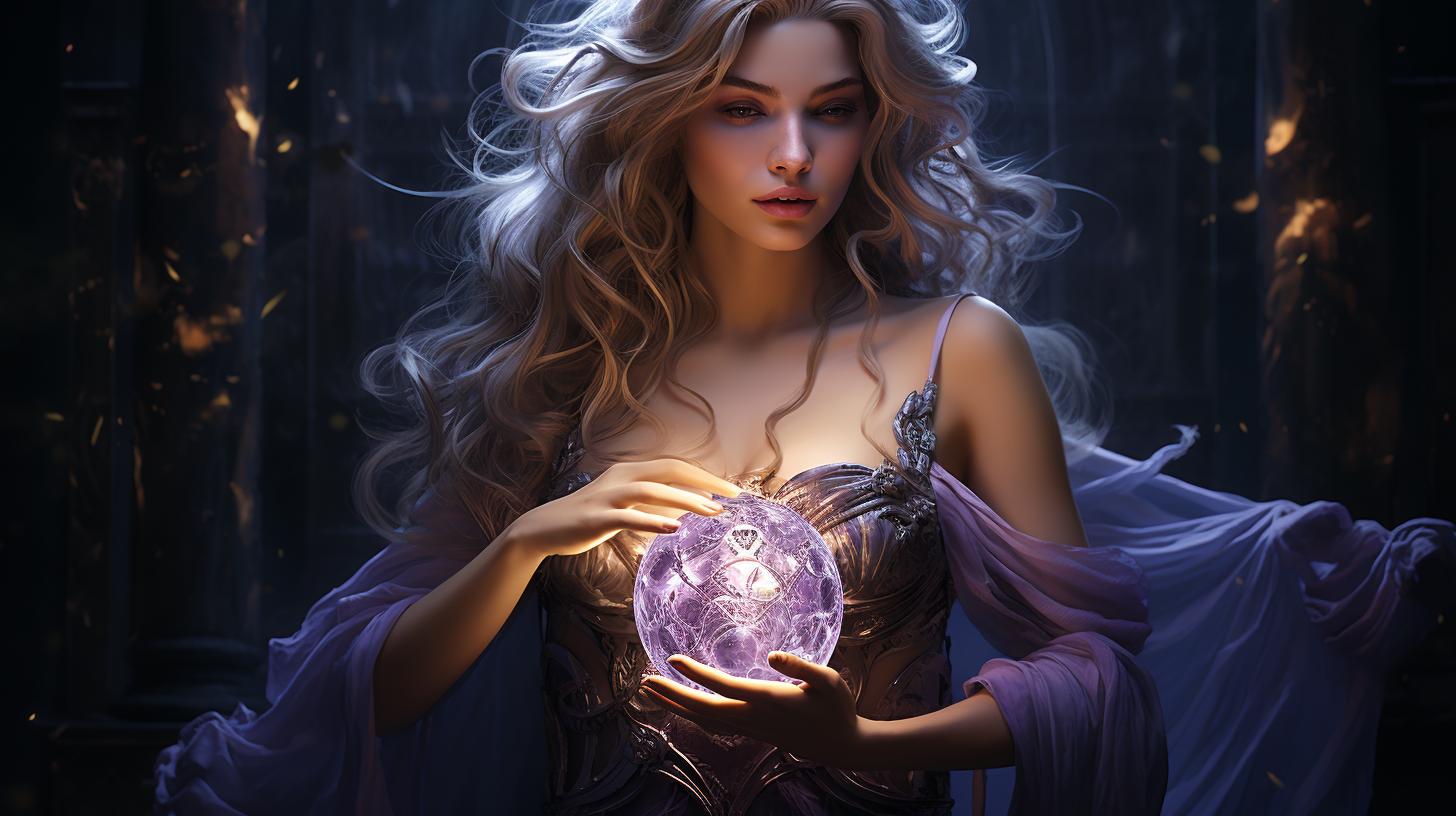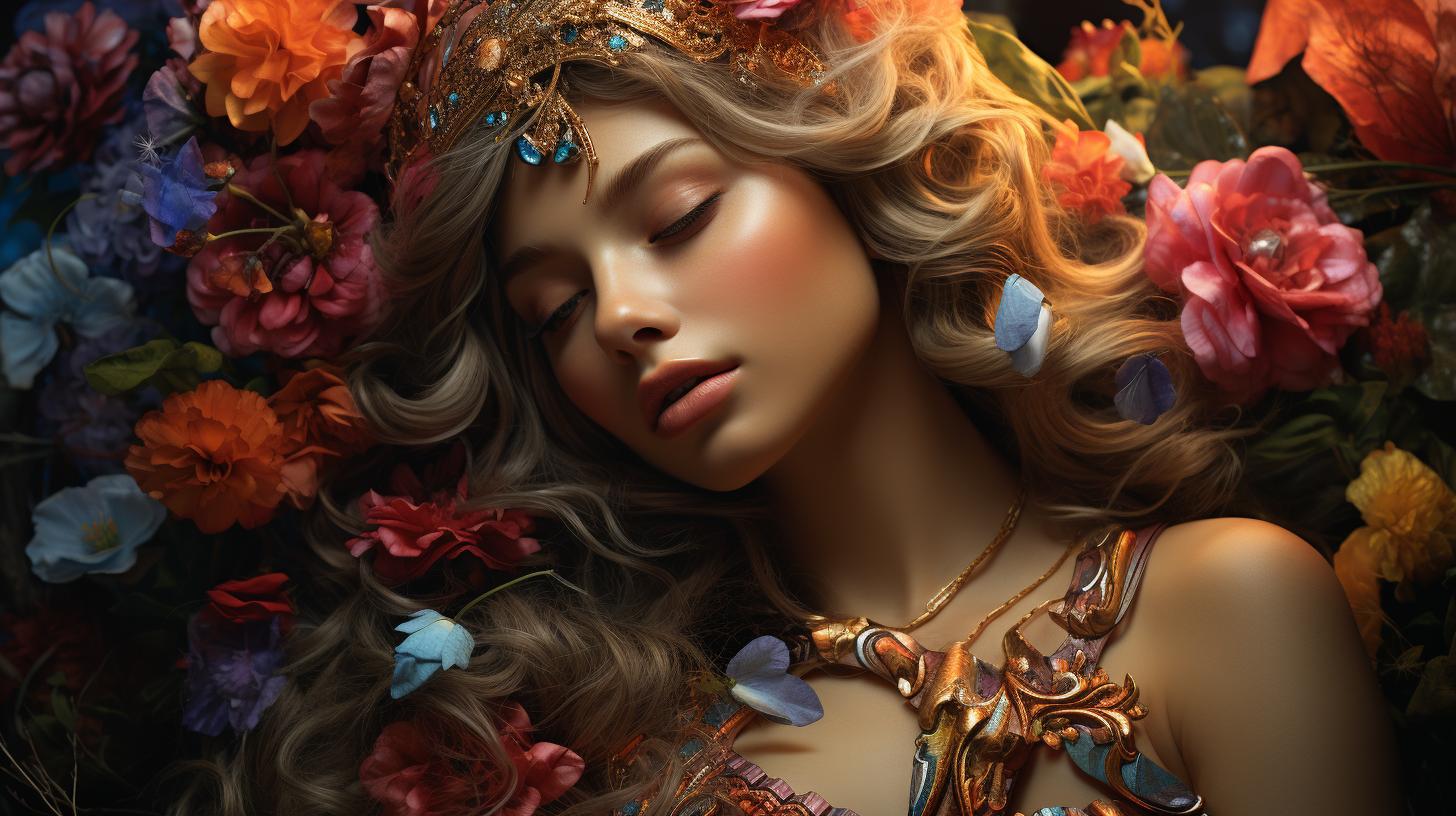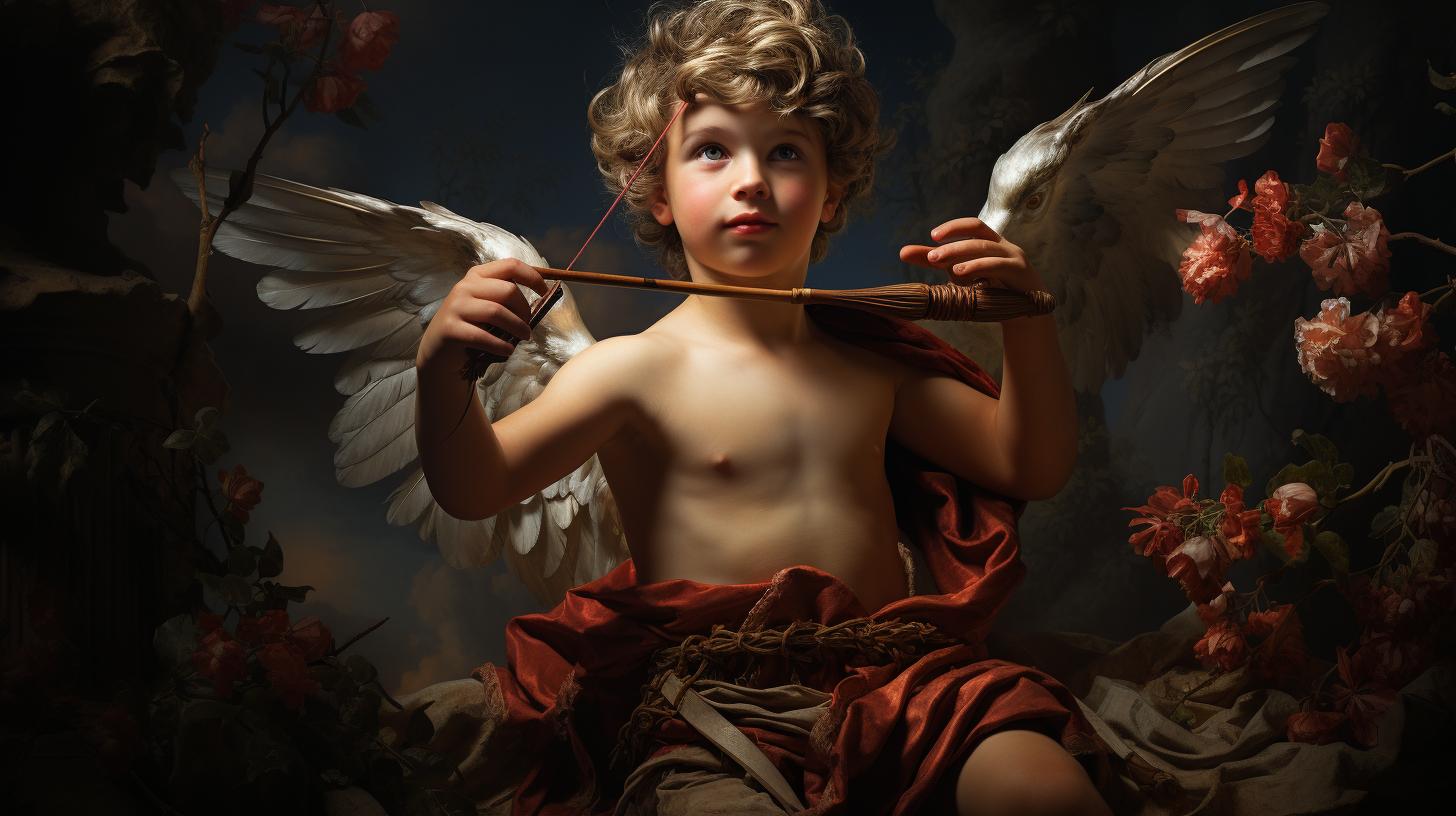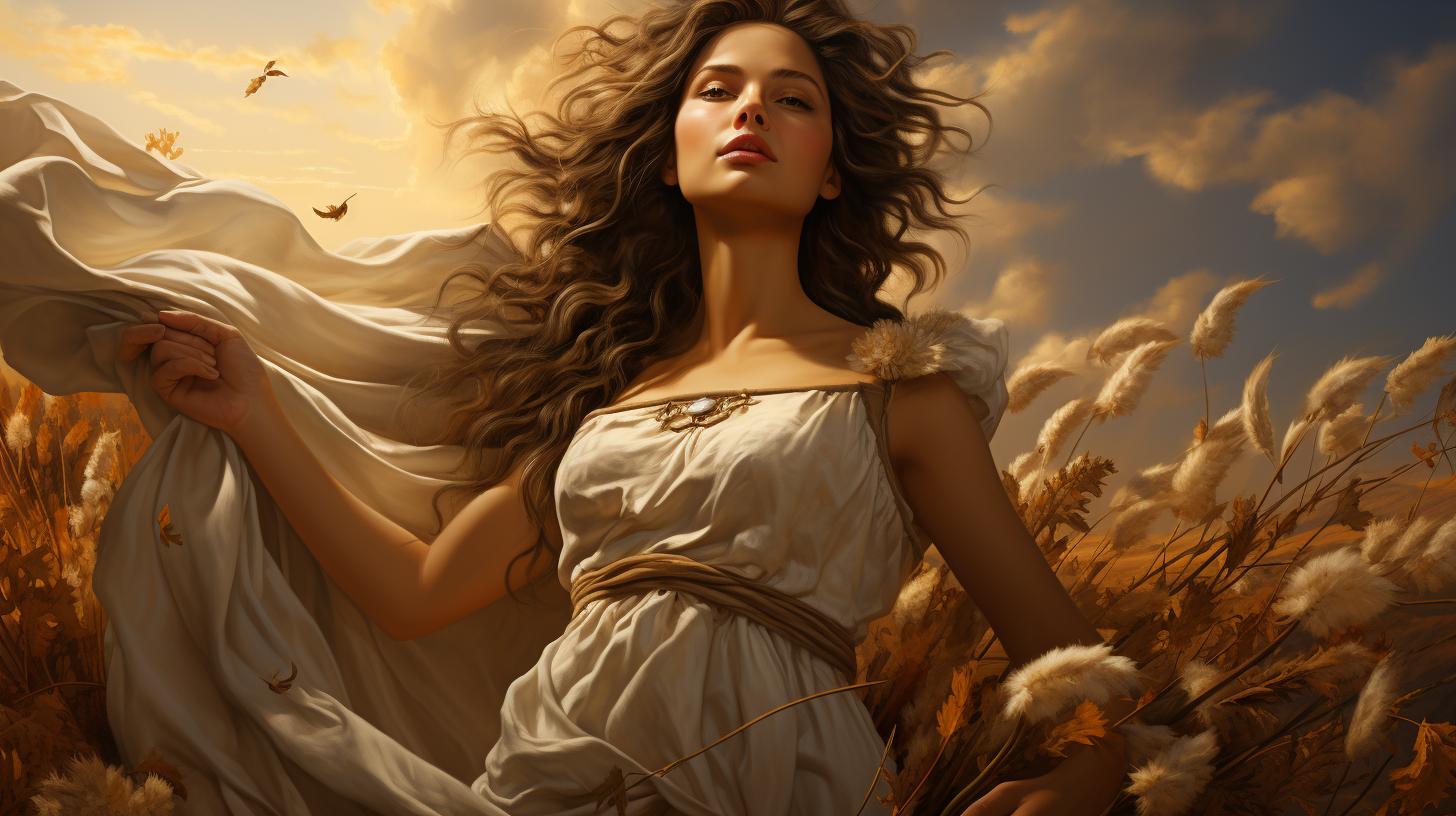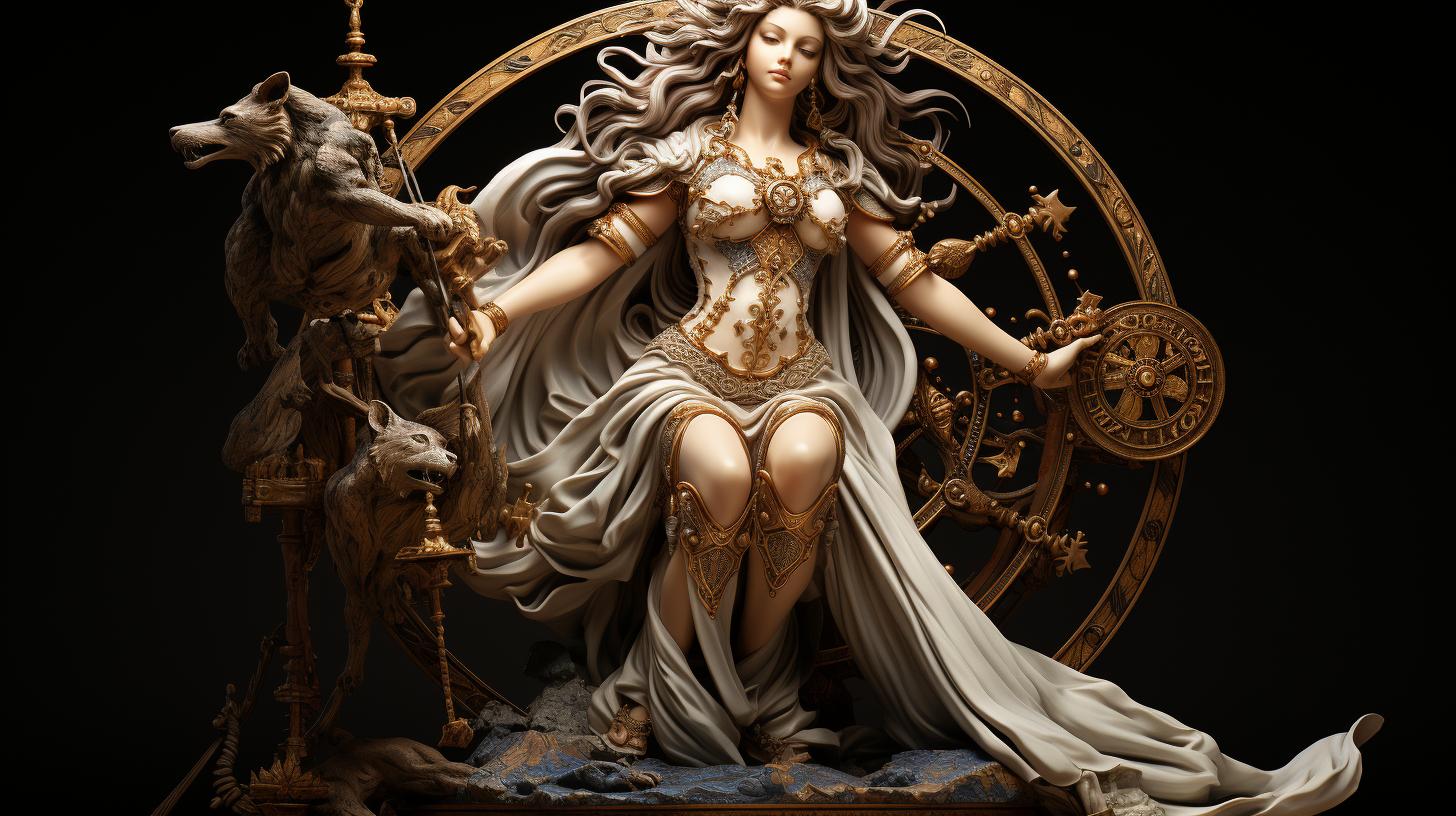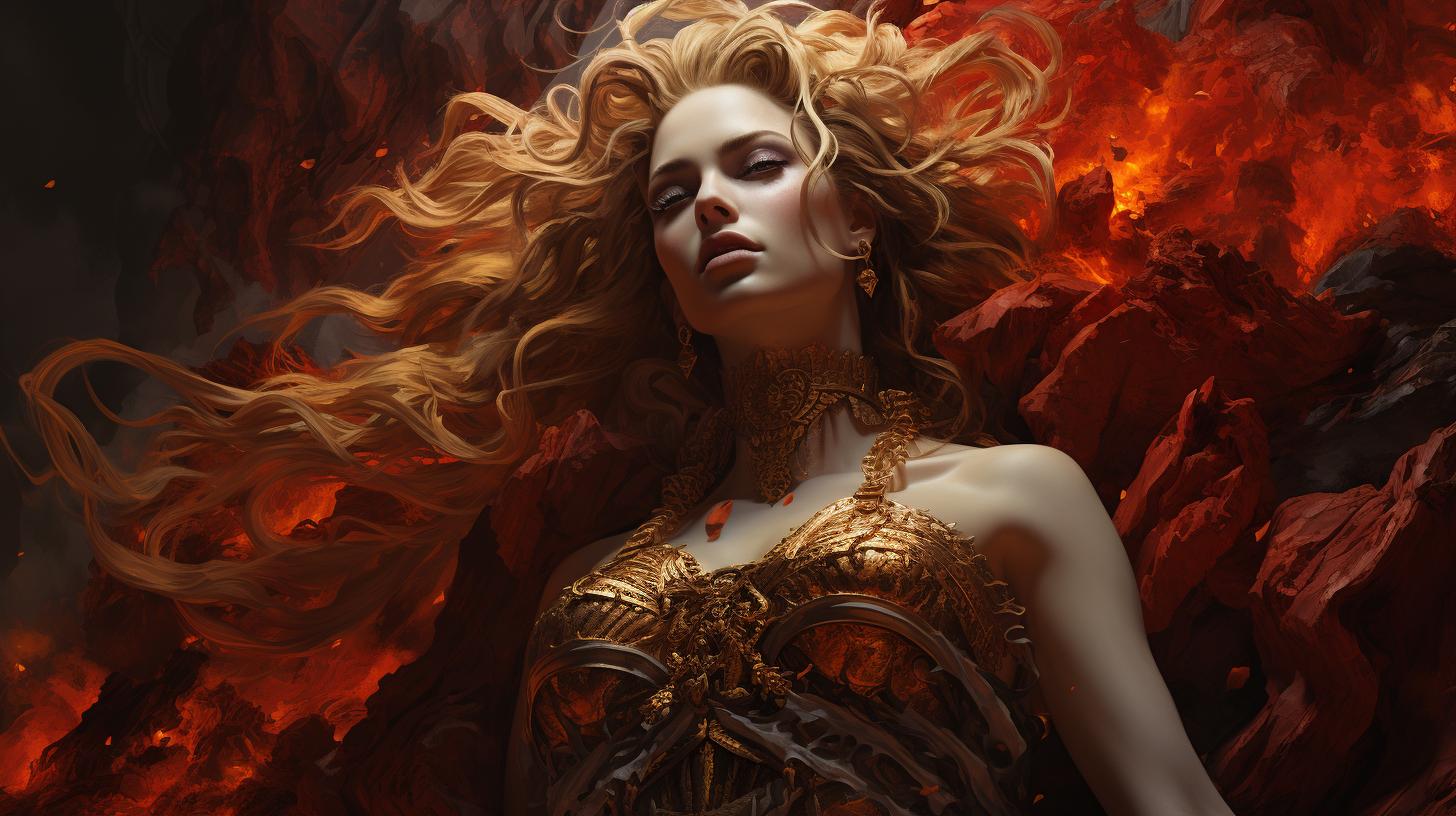Discover the Mysteries of the Roman Goddess Luna – An Enchanting Tale of Power and Feminine Divinity
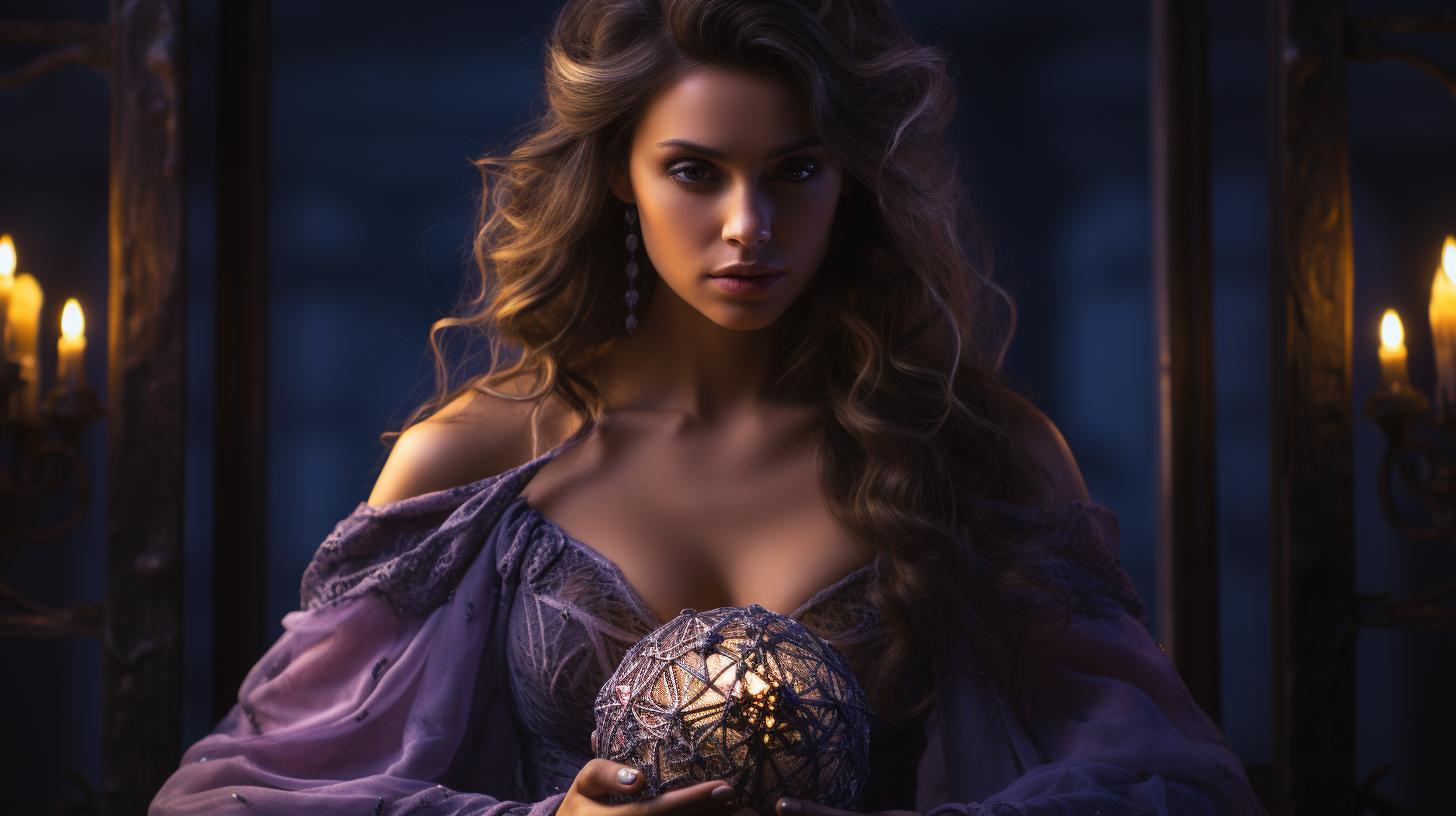
Roman Goddess Luna, a captivating figure in Roman mythology, embodies the essence of the moon. As the daughter of Hyperion and Theia, she is intricately linked to the celestial realm.
Sister to Sol and Aurora, Luna holds a significant place among the Roman pantheon. Her enchanting love story with Endymion adds an eternal touch to her divine persona. Associated with fertility, she safeguards the agricultural cycles of Rome.
Luna’s symbolism finds resonance in the phases of the moon, representing various facets of femininity. In this article, we delve into Luna’s mystique, her worship, and her enduring influence in modern culture.
Roman Goddess Luna: Exploring the Divine Essence of the Moon
Welcome to our exploration of the captivating Roman goddess Luna, whose divine essence embodies the enchanting power of the moon. This celestial deity’s origins trace back to the union of Hyperion and Theia, bestowed upon Luna as their daughter.
Origins and Genealogy of Luna: Daughter of Hyperion and Theia
Luna, born from the celestial union of Hyperion and Theia, emerges as a radiant goddess unparalleled in ethereal beauty. Hyperion, the titan of light, and Theia, the titaness of sight, bestow upon Luna her luminous nature and mystical aura.
Luna’s Family Connections: Sister of Sol and Aurora, Wife of Jupiter
As we delve deeper, we discover Luna’s intricate family ties in the realm of Roman mythology. Luna stands as the celestial sister of Sol, the sun god, and Aurora, the goddess of dawn.
This celestial triumvirate imparts the eternal dance of light and darkness, day and night.
Furthermore, Luna’s divine lineage intertwines with the mighty Jupiter, who becomes her husband. The union of Luna and Jupiter brings forth a cosmic harmony, connecting the moon’s captivating power to the utmost authority of the Roman gods.
The Myth of Luna and Endymion: Eternal Love and Eternal Sleep
One of the most enduring legends surrounding Luna is the myth of her eternal love for Endymion. The story unfolds with Luna enraptured by Endymion‘s astounding beauty, luring her to bestow upon him an everlasting sleep.
In this ethereal slumber, Endymion retains his youthful allure, forever admired by Luna. While their love story epitomizes the depths of passion, it also symbolizes the inevitable longing and unattainability of true love.
This myth resonates as a testament to the power of the moon’s influence, transcending time and capturing the hearts of those who yearn for eternal devotion.
Join us on this captivating journey to uncover more about other aspects of Luna’s divine mythology, her symbolism, and her profound impact on the culture and beliefs of ancient Rome.
Luna in Roman Mythology: Significance and Associations
In Roman mythology, the goddess Luna holds great significance as a divine figure associated with the moon. She forms part of an esteemed triad alongside Diana and Hecate, representing the sacred feminine divinity.
This triad embodies different aspects of femininity and is revered for their individual roles and powers.
Luna, Diana, and Hecate: The Sacred Triad of Feminine Divinity
Luna, along with her counterparts Diana and Hecate, form a sacred triad that symbolizes different aspects of feminine divinity. While Luna represents the moon and its mystical energies, Diana embodies the huntress and protector of the natural world.
Hecate, on the other hand, is associated with magic, witchcraft, and the underworld. Together, these goddesses bring forth a harmonious balance of power and symbolism in Roman mythology.
Luna and the Phases of the Moon: Symbolism of Feminine Aspects
The ever-changing phases of the moon hold deep symbolism, and Luna personifies these different facets of femininity. From the waxing crescent to the full moon, and then to the waning crescent, each phase represents unique qualities.
The waxing phase symbolizes growth and potential, while the full moon radiates abundance and completion. As the moon wanes, it signifies release and introspection. Luna’s association with these phases highlights the cyclical nature of life and the inherent power within the feminine essence.
Luna’s Role in Fertility and Agriculture: Guardian of Rome and Crops
As a revered goddess, Luna also assumes the vital role of guardian over Rome and its agricultural fertility. Ancient Romans believed that Luna wielded influence over the cycles of growth and abundance in crops.
Worshippers would pay homage and offer prayers to Luna for bountiful harvests and fruitful fields. Her connection to the earth’s cycles and agricultural prosperity solidified her reputation as a divine protector and provider.
In conclusion, Luna’s significance in Roman mythology is multifaceted. As part of the sacred triad of feminine divinity alongside Diana and Hecate, she represents the moon’s mystical energies and the ever-changing aspects of femininity.
Additionally, Luna’s role as the guardian of Rome and crops underscores her importance in agricultural fertility. The worship and reverence bestowed upon Luna by ancient Romans persist to this day, as her legacy continues to inspire and fascinate those drawn to her enigmatic presence.
Luna and Selene: A Comparison of Roman and Greek Lunar Divinities
The exploration of Roman Goddess Luna’s significance would be incomplete without acknowledging the Greek lunar deity Selene. While Luna and Selene share the domain of lunar divinities, their portrayal and worship reveal notable distinctions.
The Similarities and Differences between Luna and Selene
Both Luna and Selene hold a sacred connection to the moon, representing its awe-inspiring power and ethereal beauty. As lunar goddesses, they symbolize femininity, mysticism, and the cyclic nature of time.
However, Luna, as the Roman lunar goddess, embodies the role of a guardian and protector. She is associated with fertility, agriculture, and the growth of crops, serving as a guiding force in ensuring the prosperity of Rome.
In contrast, Selene‘s depiction dwells more on her associations with night and the romantic aspects of lunar illumination.
Another distinction lies in their divine lineages. Luna is the daughter of Hyperion and Theia, part of a divine family that includes Sol and Aurora. Selene, on the other hand, is often mentioned as the daughter of Hyperion and Theia or the titan couple Hyperion and Euryphaessa.
Luna and Selene in Art and Symbolism: Depictions and Representations
The artistic representations of Luna and Selene further highlight their contrasting attributes. Luna is often portrayed as a youthful and radiant goddess, radiating an aura of authority and strength. She is often seen wearing a lunar crown and holding a torch, symbolizing her position as the bringer of light during the nighttime.
On the other hand, Selene is frequently depicted in Greek art as a serene figure, often reclining on a horse or chariot, guiding the moon across the night sky. This portrayal emphasizes her role as a gentle and nurturing deity, illuminating the darkness with her moonlight.
The symbolism associated with Luna and Selene‘s prominence in art reflects their respective cultural contexts. Luna’s representation aligns with Roman values of power, protection, and prosperity, while Selene‘s portrayal encompasses Greek ideals of beauty, tranquility, and poetic inspiration.
The comparison between Luna and Selene reveals intriguing insights into the diverse perspectives and cultural nuances present in the ancient Roman and Greek mythologies. These rich and complex traditions celebrate the ethereal allure and profound influence of lunar divinities.
The Cult of Luna in Ancient Rome: Festivals and Rituals
The worship of Luna, the Roman goddess of the moon, was a significant aspect of ancient Roman religion. Through festivals and celebrations, the Romans honored Luna and sought her blessings. These rituals were deeply rooted in the belief that Luna could influence the agricultural cycles and ensure bountiful harvests.
The Worship of Luna: Festivals and Celebrations in Roman Religion
- Lunalia: The Lunalia festival, held on an annual basis, was dedicated to honoring Luna. During this celebration, individuals would make offerings and prayers to the goddess, seeking her protection and guidance.
- The Moon Calends: The first day of every month, known as “Kalends,” was associated with Luna.
Romans would gather at temples, offering prayers and performing rituals to honor the goddess and seek her blessings for the upcoming month.
- Feast of the Full Moon: On nights of the full moon, Romans would come together to celebrate Luna’s magnificence.
These gatherings involved feasts, music, and dancing, creating a joyous atmosphere to honor the goddess.
Luna’s Temple and Cult Centers: Awe-inspiring Places of Devotion
Luna’s worship was centered around her temple, which stood as a sacred site dedicated to the goddess. The Temple of Luna, situated in Rome, was a grand structure adorned with intricate artwork and sculptures that depicted Luna’s association with the moon and femininity.
Aside from the temple in Rome, Luna was also revered in other parts of the Roman Empire. Cult centers dedicated to the goddess could be found in various cities and towns, where devotees would gather to participate in rituals and pay homage to Luna.
Luna and the Day of the Moon: The Association with Monday
In Roman culture, each day of the week was associated with a particular divine entity. Monday, known as “dies Lunae” in Latin, was named after Luna, emphasizing her significance as the goddess of the moon.
On this day, people would engage in additional worship and observances to honor Luna and seek her blessings.
Luna’s association with Monday continues to exist in modern times, with the day being named after the goddess in many languages across different cultures.
Throughout ancient Rome, the worship of Luna was a revered tradition filled with festivals, ceremonies, and devotion. The rituals associated with the goddess provided a connection between the lunar cycles, agricultural prosperity, and the divine essence of Luna herself.
Luna’s Legacy and Influence in Modern Culture
As the embodiment of femininity, emotional intuition, and mystical allure, Luna’s legacy continues to captivate and inspire in modern culture. From ancient Rome to the present day, her celestial essence has left an indelible imprint on various facets of artistic expression, literature, and popular culture.
Luna as a Symbol of Femininity and Emotional Intuition
Luna’s association with femininity transcends time, resonating with individuals who embrace their inner strength and emotional depth. Through her lunar phases, she embodies the ever-changing nature of womanhood, reflecting a spectrum of emotions, from tranquil serenity to captivating allure.
Her connection to emotional intuition further elevates her significance as a symbol of inner wisdom. Luna guides those who seek solace in quiet introspection, offering clarity and guidance amidst life’s uncertainties.
Luna’s Impact on Art, Literature, and Popular Culture
The enchanting presence of Luna has permeated the realms of art, literature, and popular culture, inspiring countless masterpieces. Artists often draw inspiration from her ethereal beauty, capturing the mesmerizing aura of moonlit nights in their paintings, sculptures, and photographs.
In the realm of literature, Luna’s mystique weaves its way through mesmerizing tales of romance, magic, and mystery. Her allure encompasses both dark and whimsical storytelling, lending an otherworldly ambiance to fantasy novels, poetry, and mythological narratives.
Popular culture has embraced Luna’s timeless appeal, portraying her in various forms across different media platforms. From cinematic portrayals in movies and TV shows to mesmerizing musical compositions, Luna’s ethereal grace continues to captivate audiences and evoke a sense of fascination.
Luna’s Eternal Presence: From Ancient Rome to the Modern World
Luna’s influence transcends the boundaries of time and geography. Her enduring presence is a testament to the profound impact she has on humanity’s collective consciousness. From ancient Rome, where Luna was revered and celebrated, to the modern world, her essence continues to resonate with those who appreciate beauty, femininity, and the mysteries of the universe.
As we gaze up at the moonlit sky, we are reminded of Luna’s eternal presence, a celestial symbol of renewal and transformation. Through the ages, her legacy remains intact, weaving a celestial tapestry that connects past, present, and future.
- The sacred symbol of femininity and emotional intuition
- Inspiring art, literature, and popular culture
- An eternal presence, linking past, present, and future….

